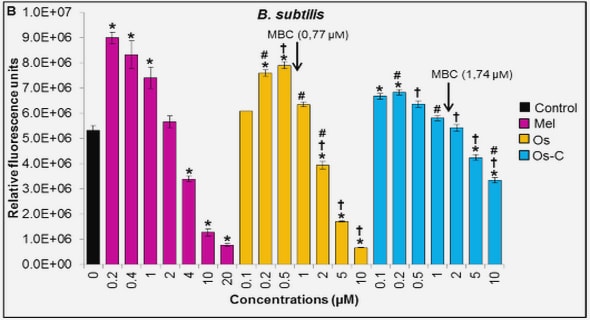(Downloads - 0)
For more info about our services contact : help@bestpfe.com
Table of contents
I. General introduction
1. Mechanisms evolved by the insects to cope with the secondary plant compounds
2. Morphology and physiology of taste in Drosophila melanogaster
II. The MultiCAFE: a quick feeding preference test to build dose-response curves
1. Feeding preference tests in D. melanogaster
A. Test based on the fly density
B. Proboscis extension reflex (PER)
C. Two-choice test using food dyes
D. Capillary feeder (CAFE)
2. Introduction to a quantitative multiple-choice assay
3. Description of the MultiCAFE setup
A. First generation of the assay (vials)
B. Second generation of the assay (boxes)
4. Statistical analysis
5. Influence of fly density on intake in the MultiCAFE
6. Influence of the arrangement of the series of concentration of quinine
7. Effect of the spacing of the capillary tubes
8. Number of replicates needed to build a dose response-curve
9. Comparison of the test used as a no-choice, two-choice or multiple-choice assay
10. Determination of the EC50 of various alkaloids
11. Responses of a ΔGr66a mutant to caffeine with the MultiCAFE
12. Conclusion on the MultiCAFE
13. Screening of some molecules extracted from endemic plants of the Canary Islands ….. 41
A. Identification of pericallone as a potential deterrent molecule
B. Possible inhibitory effect of pericallone on sugar detection
C. Perspectives of this study
III. Mixture interactions: involvement of the bitter cell in the sugar cell inhibition
1. Introduction
Modulation of feeding behavior and peripheral taste response by aversive molecules in D. melanogaster Marie-Jeanne Sellier
AgroParisTech / INRA-UPMC UMR PISC 1272 6
2. Electrophysiological recording technique
3. Correlation between the electrophysiological and the behavioral responses
4. Specificity of the inhibition
5. Test for a lateral interaction between the sugar and bitter cells
A. Electrophysiological inhibition of the S cell in L2-lacking flies
B. Inhibition of (sucrose + strychnine) consumption in L2-lacking flies
6. Conclusion
IV. Experience-induced modulation of feeding
1. Introduction
2. Attempt to set up a paradigm of habituation with caffeine
3. Modulation of the P450 activity with metyrapone
4. Conclusion on the habituation experiments
5. Adaptation to sugars
A. Previous results obtained in Linda Kennedy’s laboratory
B. Changes in fructose or glucose consumption following exposure to these sugars
C. Modulation of the electrophysiological response for fructose and glucose
D. Discussion on sugar experience-induced modifications
V. General conclusion on the PhD project and perspectives of the study
1. Conclusion
2. Perspectives




